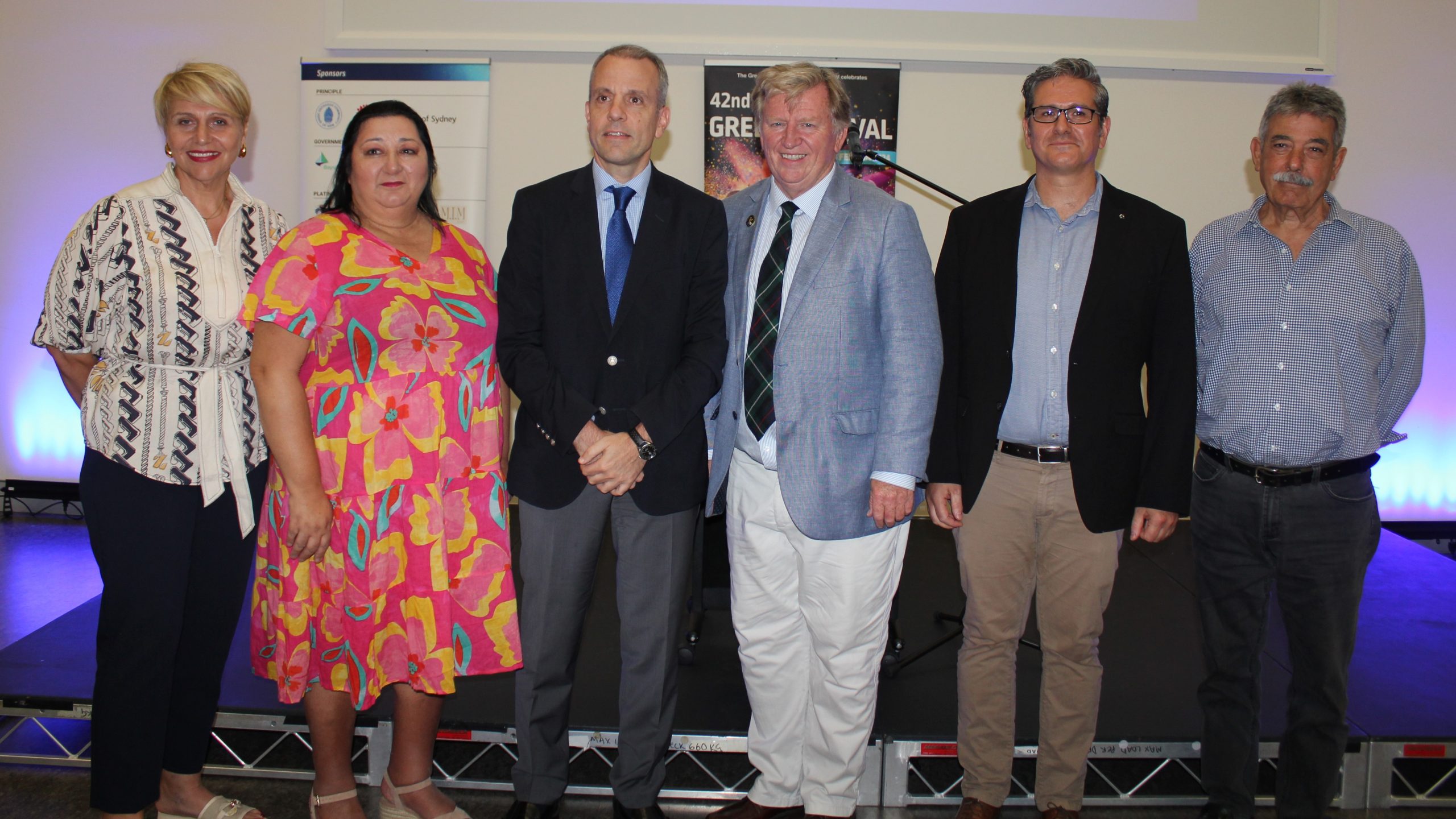As people walked into the Prince Henry Centre at Sydney’s Little Bay on Sunday, April 7, they were instantly drawn to 21 boards expertly placed around the room which featured 137 photographs and research showcasing the little-known ANZAC history of the island of Imbros.
The From Imbros over the Sea photographic exhibition and lecture – organised as part of this year’s Greek Festival of Sydney – was curated by renowned historian Jim Claven OAM for the Imvrians’ Society of Melbourne.
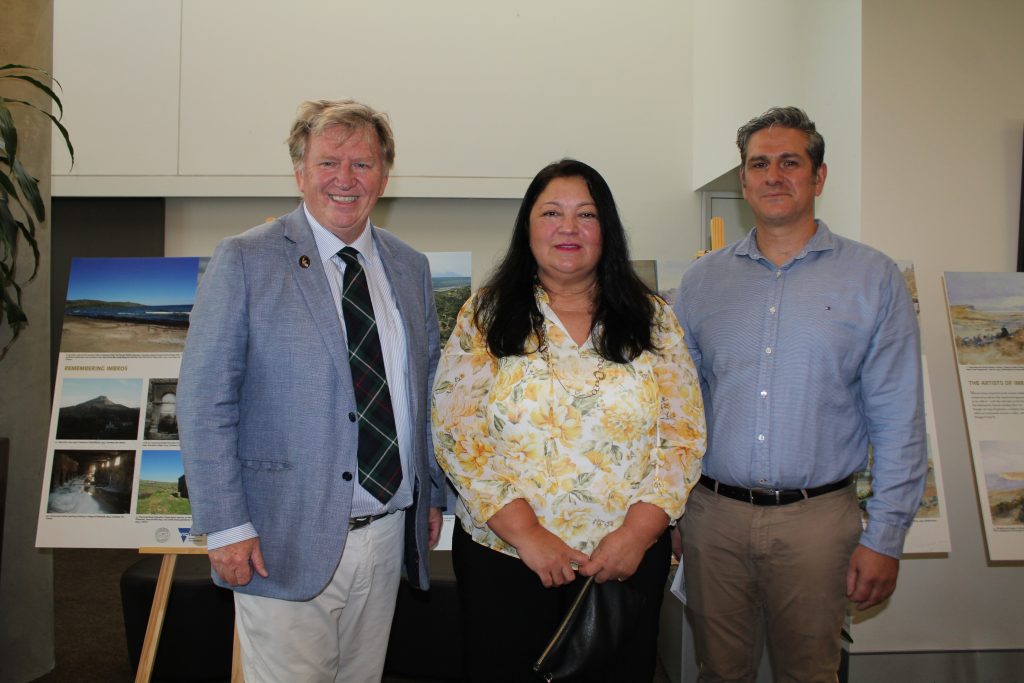
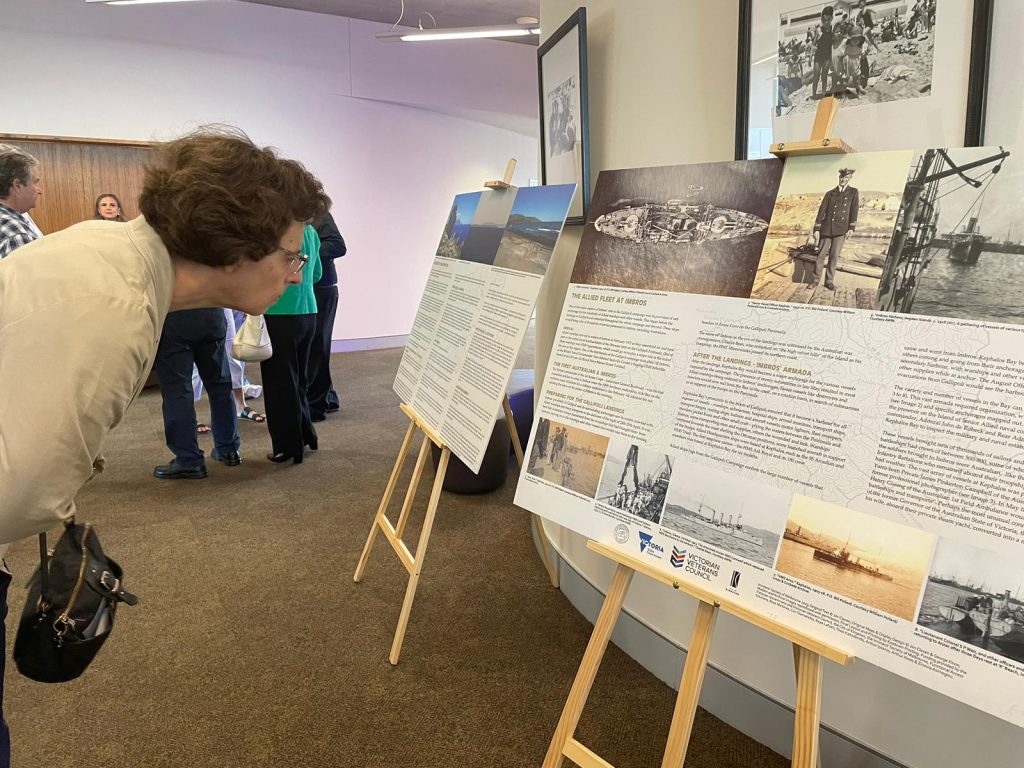
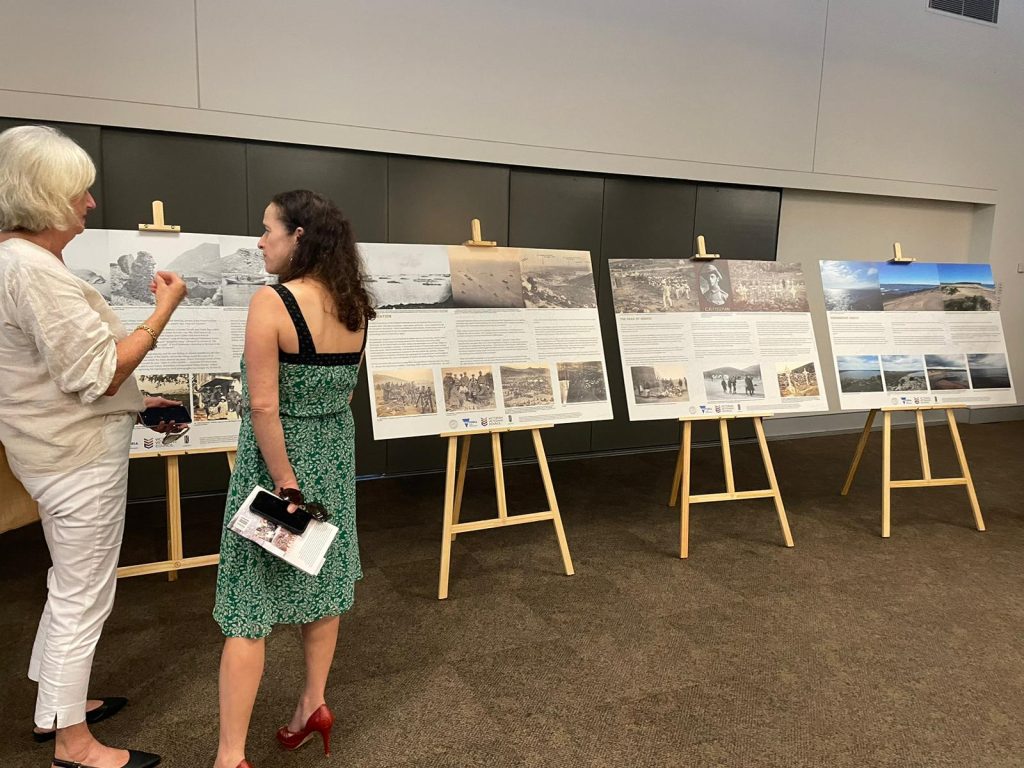
The exhibition commemorates the role of the Northern Aegean island of Imbros (Imvros) in the Gallipoli campaign during World War I. Imbros’ role and the island’s connection to Australia and the ANZAC story is told through photographs from the time, from archives in Australia and the United Kingdom, placed in historical context and further illustrated by photographic material from Claven’s personal archives of the island.
The historian told The Greek Herald on Sunday that he first decided to visit Imbros in 2015 and it set him on a path towards creating the exhibition and researching for his latest book ‘From Imbros over the Sea: Imbros & Gallipoli Revealed.’
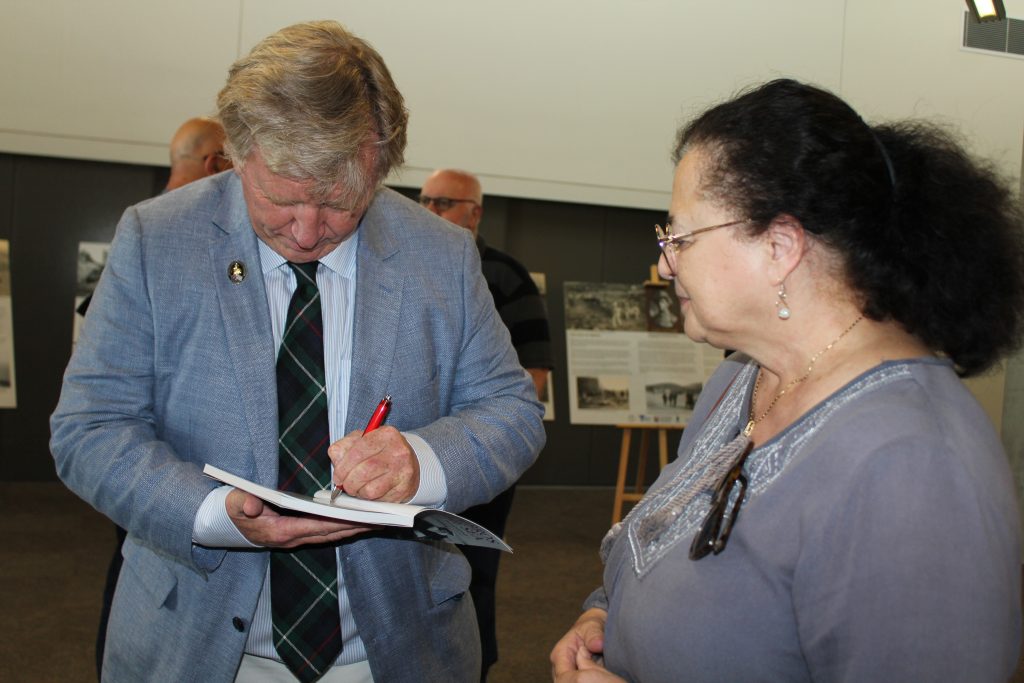
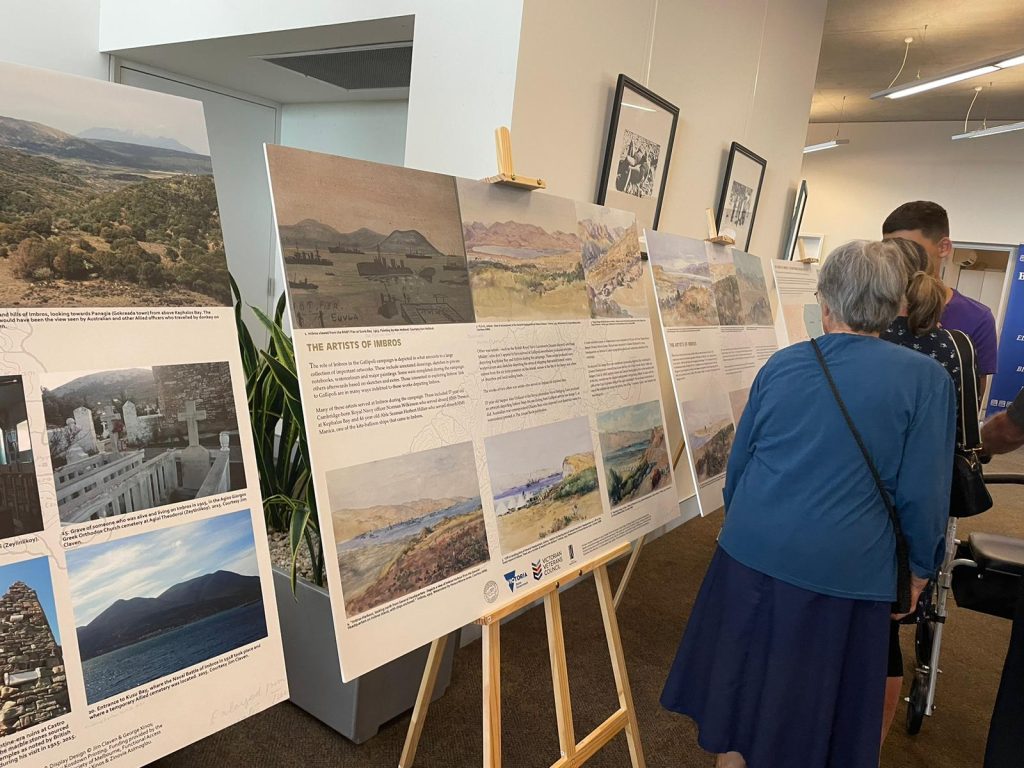
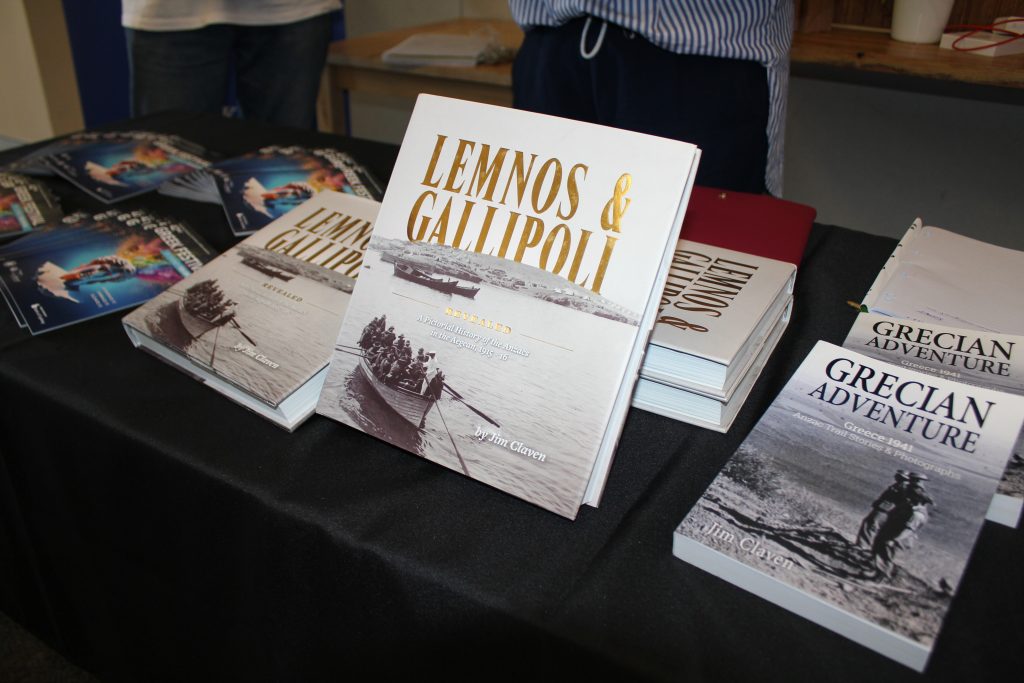

“I was making my way to the Greek island of Lemnos for the centenary of ANZAC Day and I decided to use the opportunity to visit Imbros and Tenedos. It was a fantastic trip. I got to meet a lot of the local Greek community and I was also able to identify a lot of sites that are in the exhibition and it’s sort of exciting because there’s a story to be told here,” Claven said.
Claven passionately recounted the transformation of parts of Imbros to cater to the requirements of the Allied Forces. Kephalos Bay became a major anchorage point for vessels, and there was the establishment of military and navy bases, as well as the campaign headquarters and hospitals. Wounded and sick soldiers were brought to Imbros either to receive treatment or to be transported onwards.
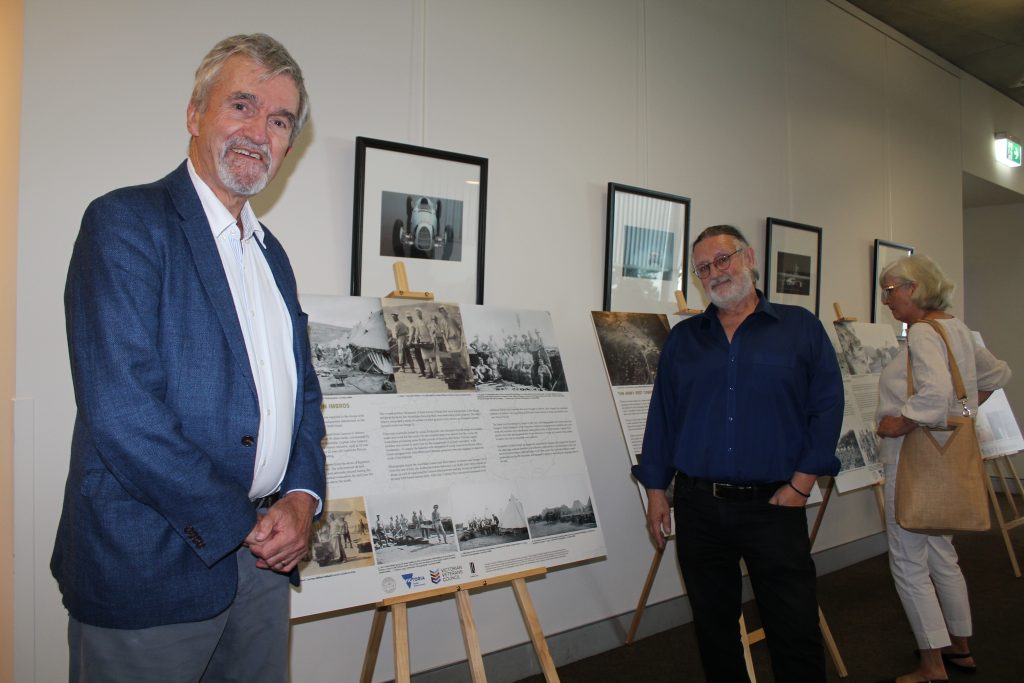
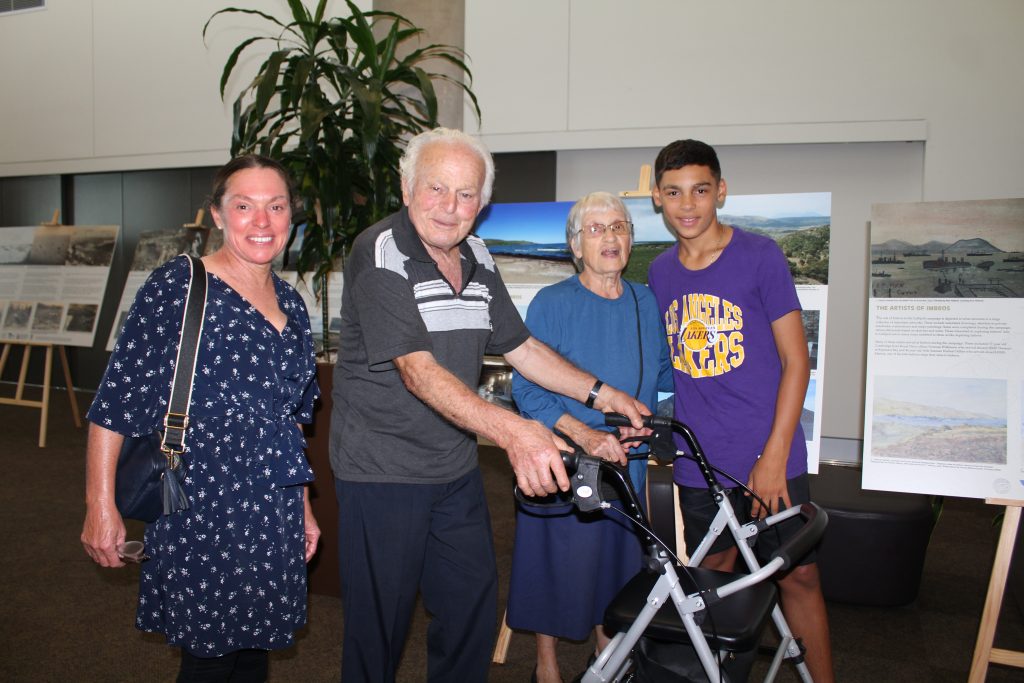
The historian also detailed the creation of the Australian Bakery on Imbros and how, despite many challenges, thousands of fresh loaves were transported to the ANZAC troops on a daily basis. For a period of time, a staggering 60,000 daily bread rations were produced on Imbros.
All this, and more, was part of the photographic exhibition.
Claven said these initiatives are important to remember the little-known ANZAC history of Imbros.
“When people go to Gallipoli, they go to the Peninsula, they go where all the main graves are and where the fighting was. This is a different story. It’s about rest and recreation, hospitals, it’s about the tragedy of wars,” he said.
“The other thing that’s really important is for the younger Greek Australian generation, people who aren’t born in Greece, maybe even their parents weren’t born in Greece. This story connects Greece and Australia so it’s part of their heritage. It’s got the potential to bring a whole other generation into the ANZAC story.”
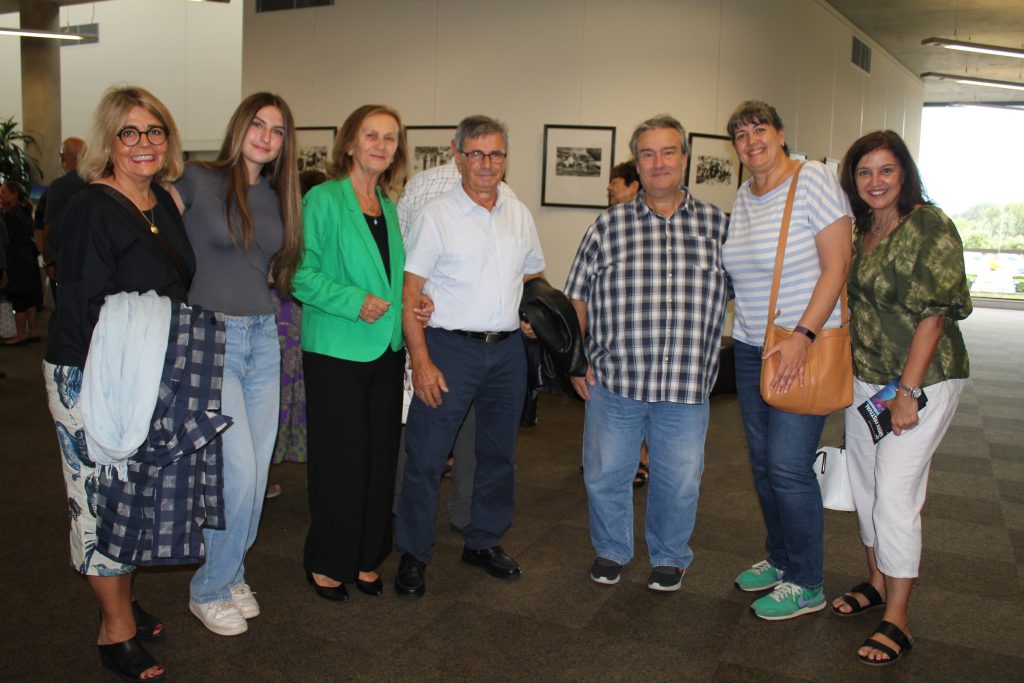
George Xinos, Project Officer of the photographic exhibition and member of the Imvrians’ Society of Melbourne, couldn’t agree more with Claven. He said it’s important to share the ANZAC history of Imbros.
“From a selfish perspective, as an Imvrian Australian, we’ve got a shared bit of history. Imbros had a sizeable role in this particular campaign [Gallipoli]. The campaign is possibly one of the most significant events in Australian history and here’s this incredible shared story so it’s kind of incumbent on us to tell it, isn’t it? If we don’t, no one else will,” Mr Xinos said.
After speaking with Claven and Mr Xinos, everyone moved indoors for an official lecture by the historian.
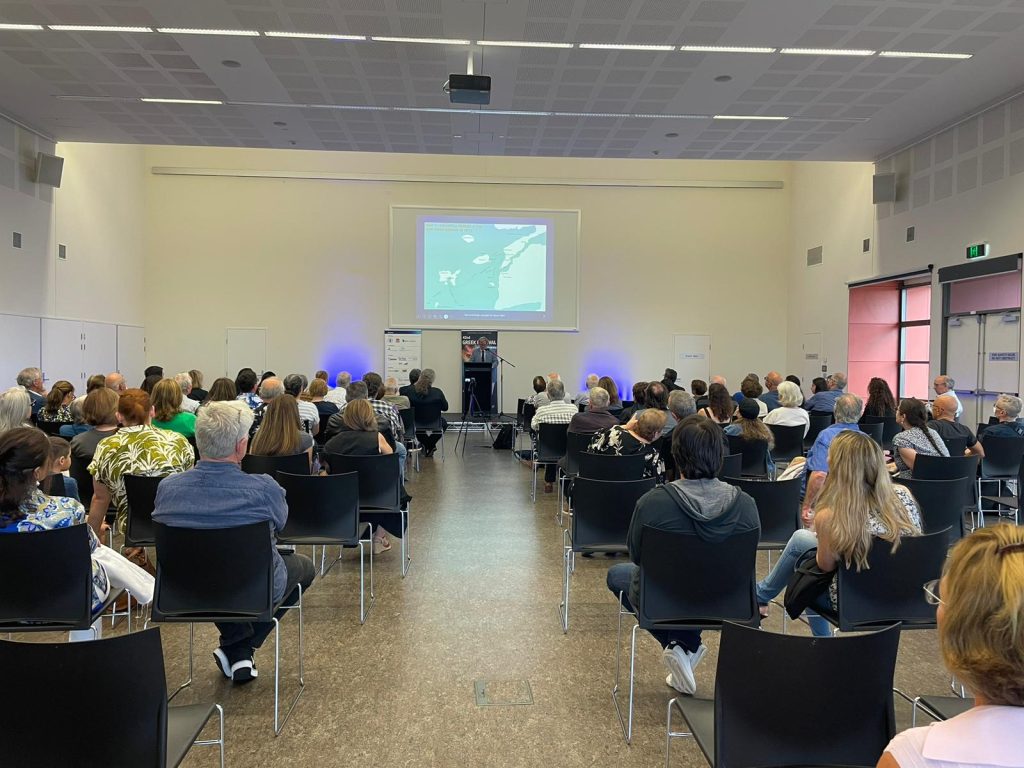
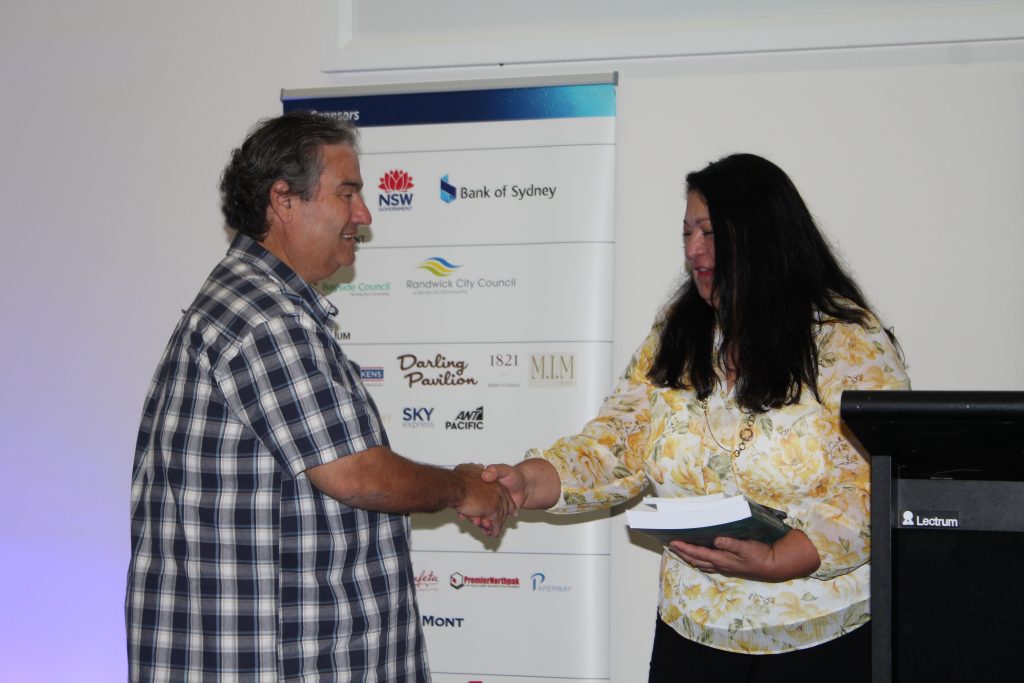

Emcee Themis Kallos introduced a number of people to the stage to speak including the Consul General of Greece in Sydney, Yannis Mallikourtis; Randwick City Councillor Alexandra Luxford; the Chair of the Greek Festival of Sydney, Nia Karteris; Mr Xinos and finally, Claven.

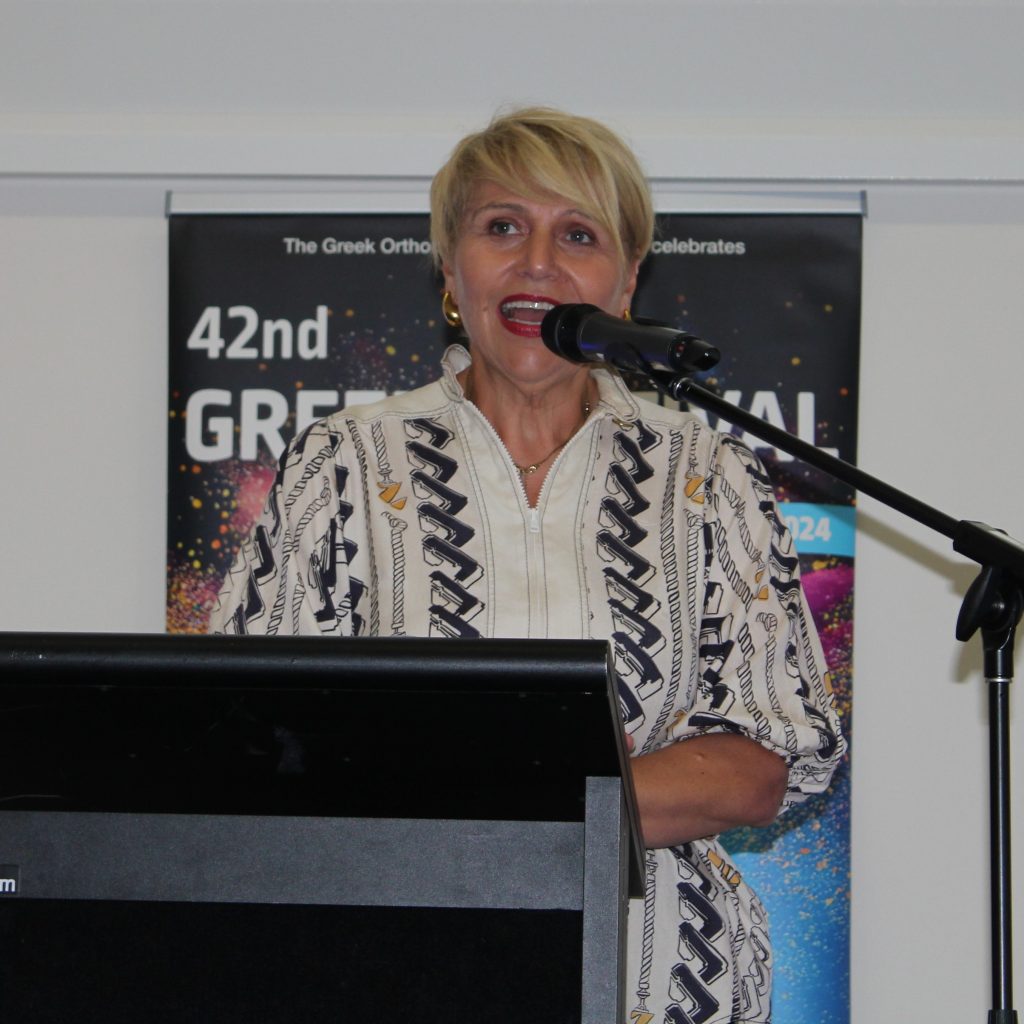

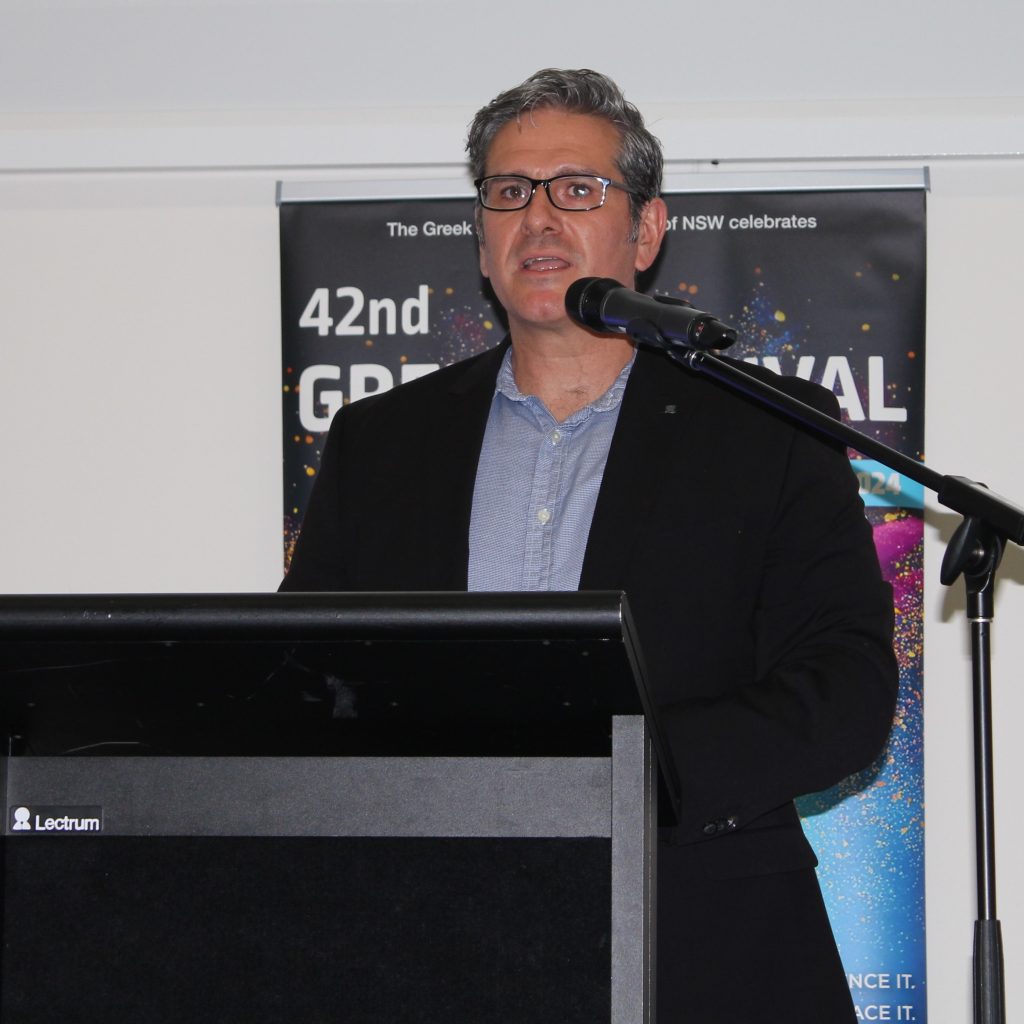

The large audience watched and listened in amazement as the historian spoke proudly of Imbros, referencing numerous letters and other sources written by the troops and other Allied service personnel which poignantly describe not only the local Greek people, but also the flora and fauna of the island, the architecture and the food.
The event concluded with gifts being presented on behalf of the Greek Festival of Sydney to Claven and Mr Xinos. The event was enjoyed by all who attended.
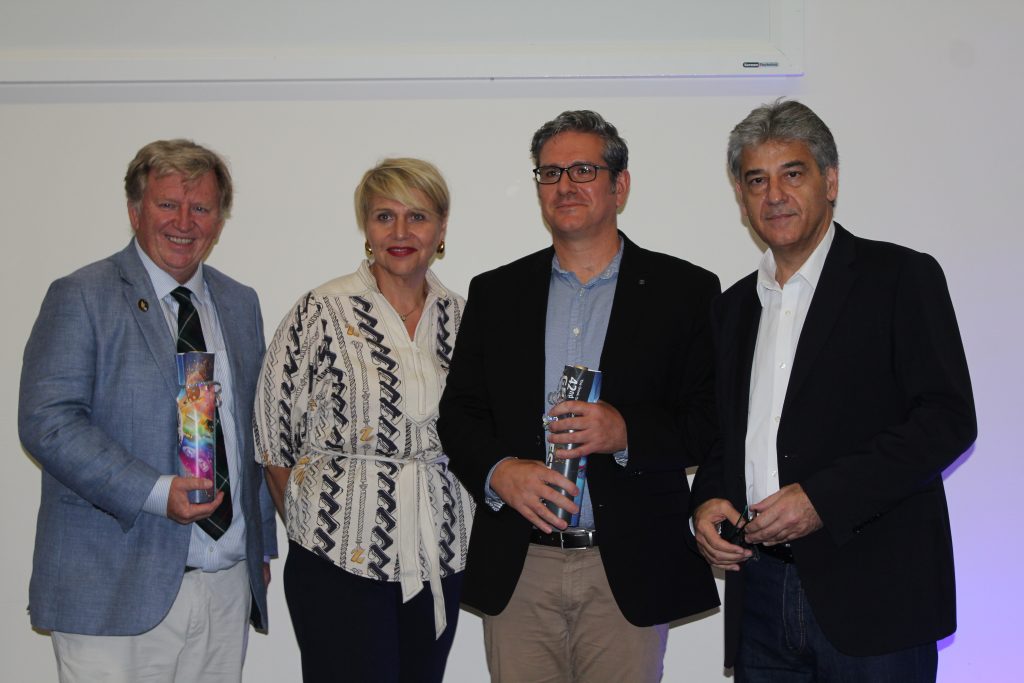
*All photos copyright The Greek Herald / Andriana Simos.

